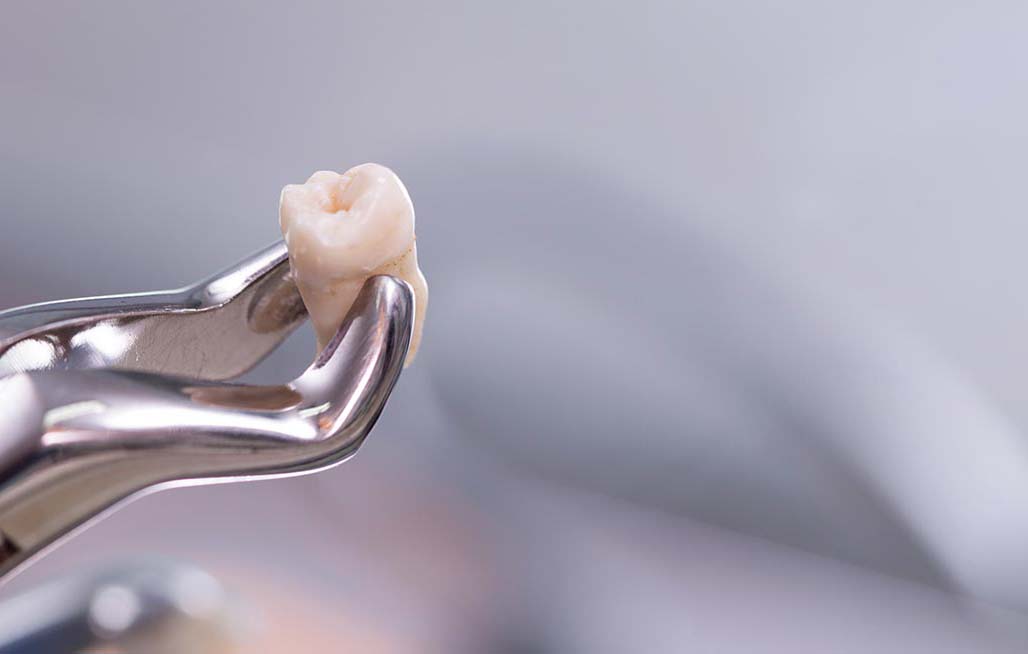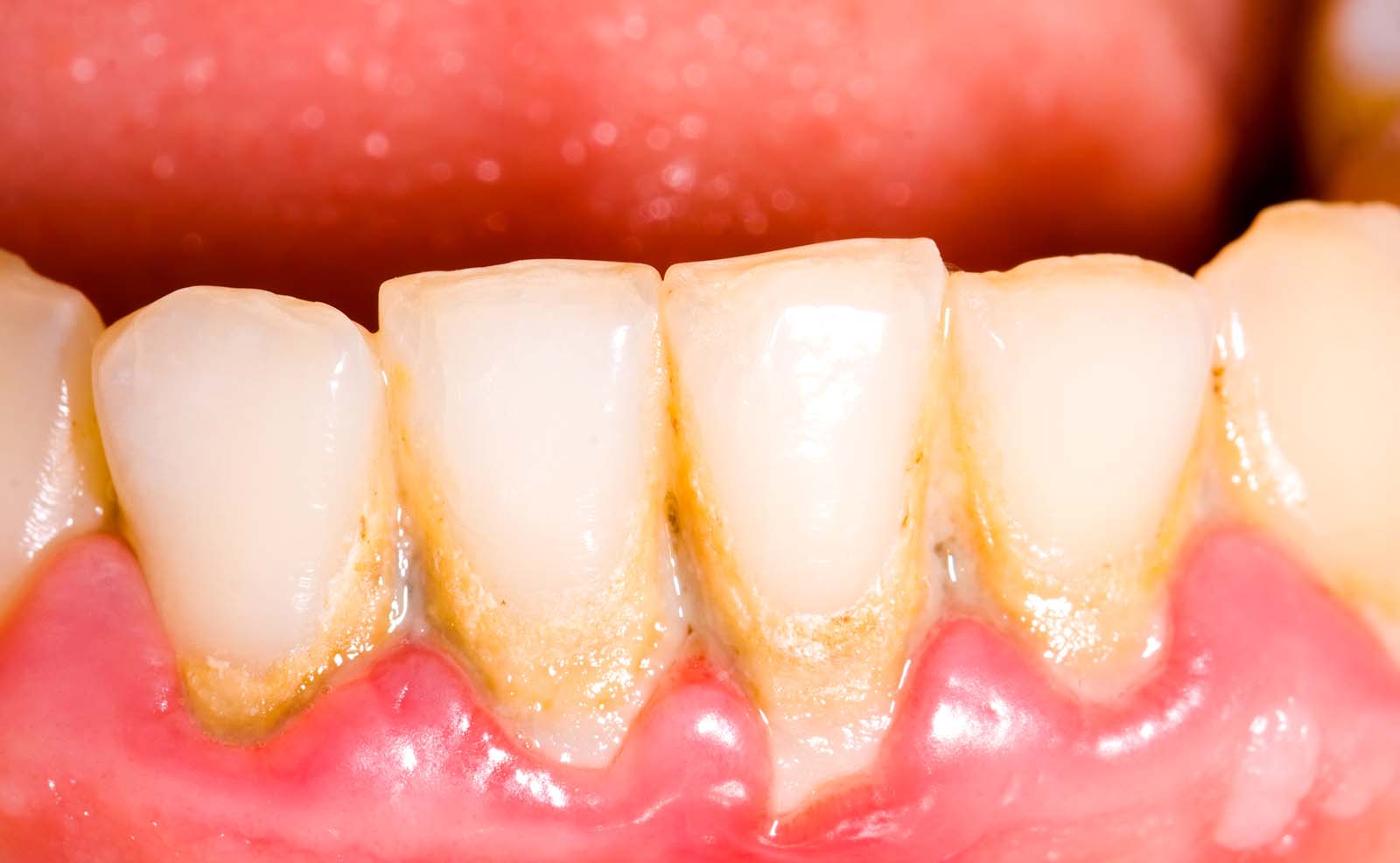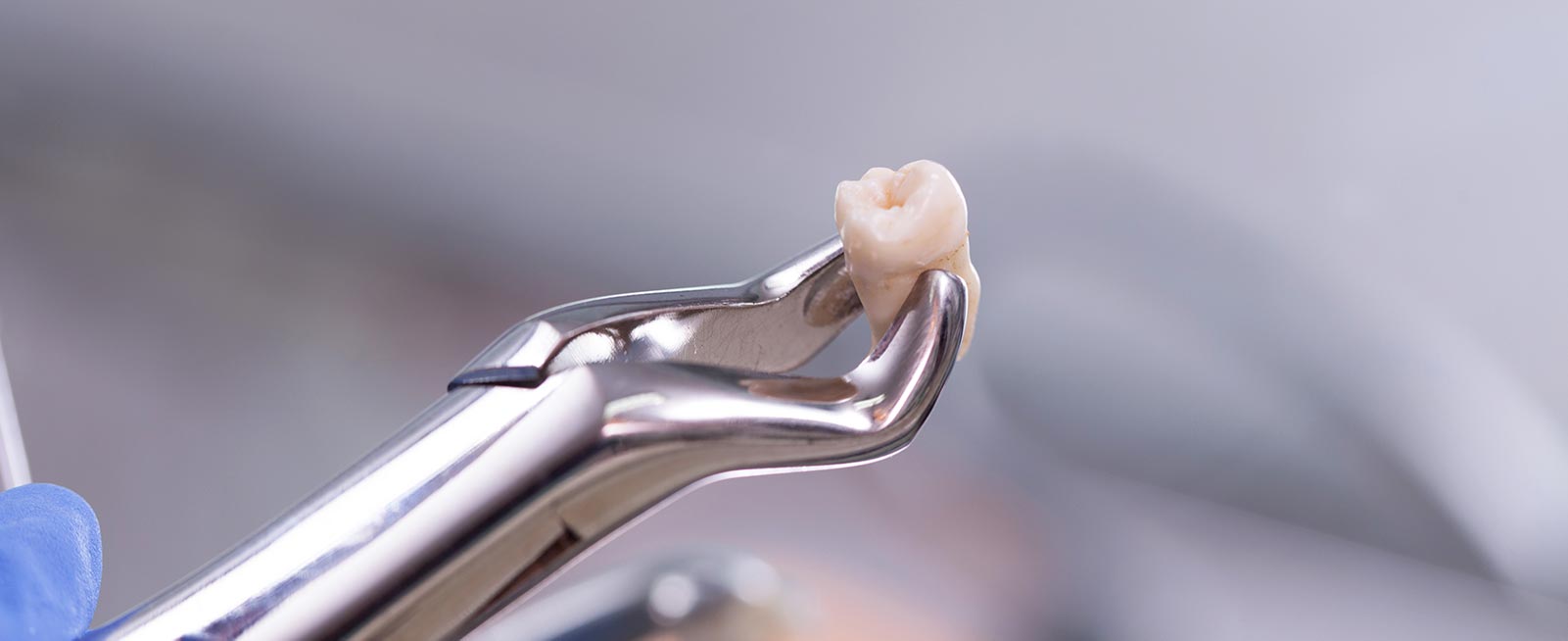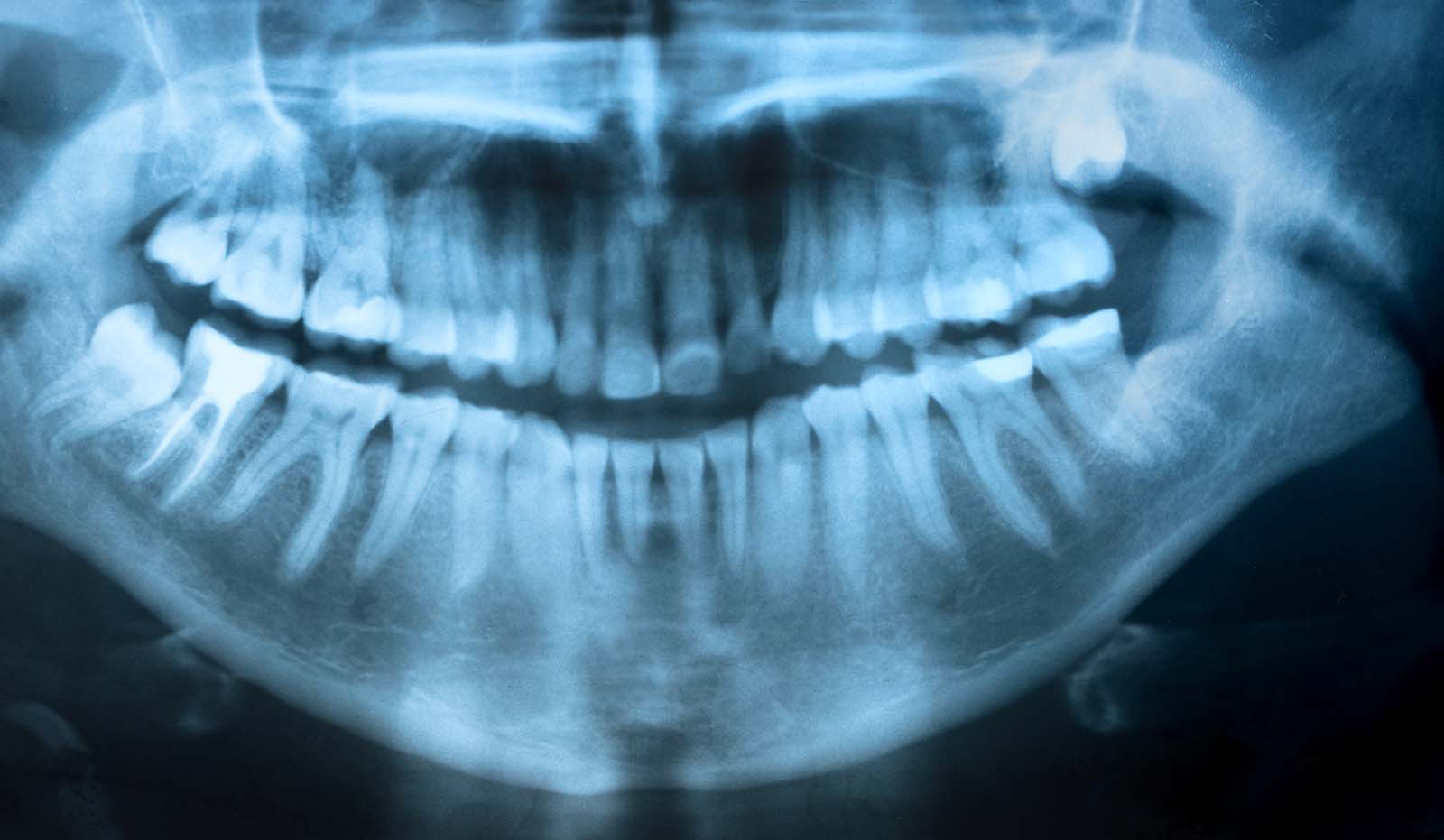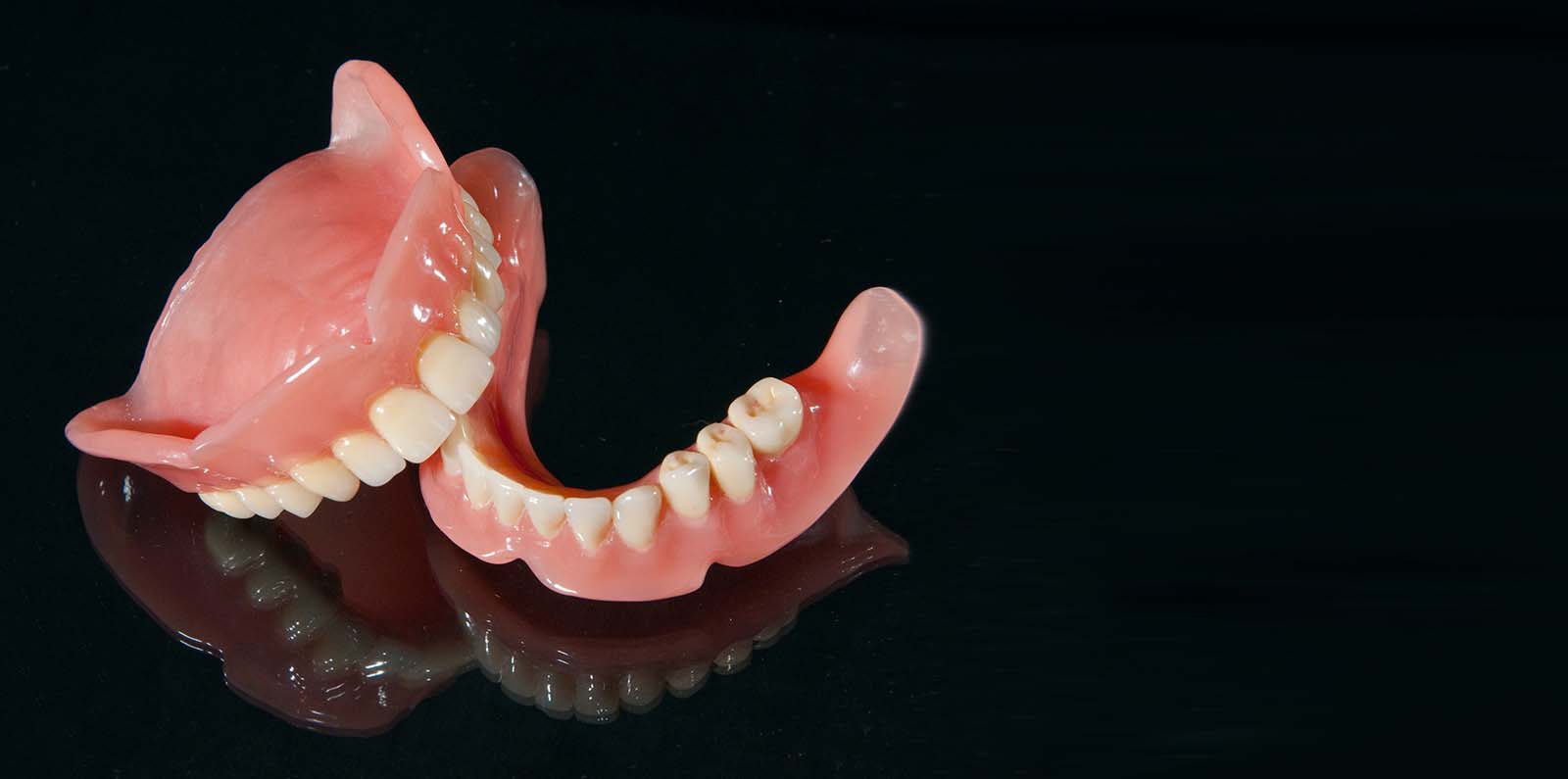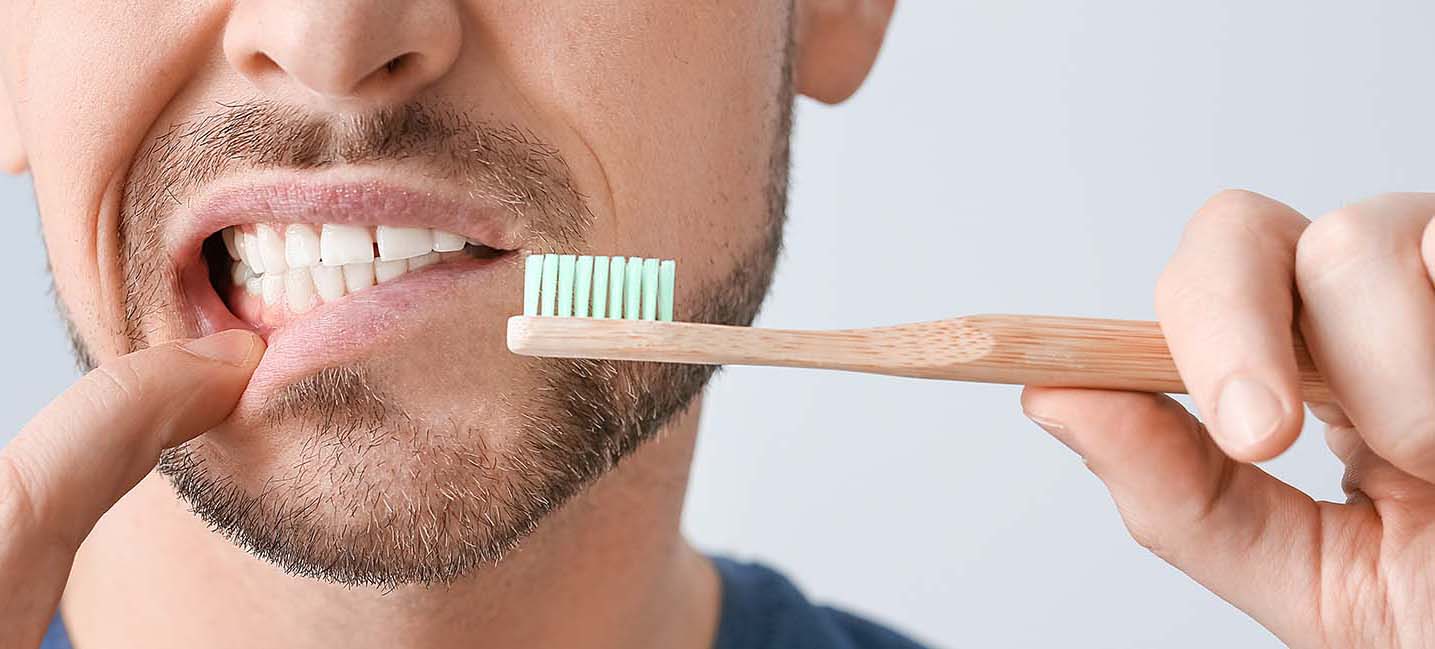A tooth abscess is a serious dental condition that you should seek treatment for as soon as you can. If not, it can lead to tooth loss, jaw bone loss, or cause health problems. To avoid this, our Southland Dental Care periodontist in Los Angeles, CA, can discuss the various tooth abscess treatment options with you. The type of dental solution will depend on the cause, location, and severity of the infection. The end goal is to get rid of the infection, prevent tooth loss, and restore oral health.
What is a Dental Abscess?
A tooth abscess is where a pocket of pus develops from a bacterial infection and is a more serious condition than gum disease. The pus pocket is typically located around the tip of the tooth root in the jaw bone but may be located elsewhere. In severe cases, bacteria destroy the tooth’s enamel and infect the sensitive tooth pulp (soft tissue within the center of the tooth). This can eventually lead to pulp death. Early tooth abscess treatment can help prevent the infection from advancing and destroying the tooth structure. In addition, some patients may require gum disease treatment if periodontitis is the underlying cause of the abscess.
Types of Dental Abscess
The following are the three different types of dental abscess, which are classed according to their location:
- Periapical abscess: Forms at the tip of the tooth root
- Periodontal abscess: Caused by severe gum disease that affects the bone or soft tissue around the tooth root
- Gingival abscess: An abscess that forms on the gum, especially from a deep periodontal pocket hosting built-up bacteria
Common Symptoms
Prior to tooth abscess treatment, patients experience the following typical signs or symptoms:
- Pain
- Fever or swollen lymph nodes (signs of infection)
- Sensitivity to hot or cold foods or drinks
- Gum redness, swelling, or tenderness
- Jaw pain, especially when chewing
- Pus discharge or a bad taste in the mouth
Note that symptoms may not appear if the pus pocket is draining on its own. However, the bacterial infection will persist until properly treated.
Tooth Abscess Causes
A dental abscess can occur in adults and children for different reasons, although poor oral hygiene is a leading cause. Habitually failing to brush and floss at least twice daily causes bacteria to accumulate and turn to plaque, an off-white, sticky film that forms over the teeth and gum. Plaque hardens into tartar and is filled with bacteria that can eventually destroy the tooth’s enamel or cause a cavity (tooth decay). Bacteria then enter through the cavity and cause the abscess to form at the root tip. Other common causes or risk factors are:
- Gum disease
- Tooth trauma (chipped, cracked, or loose tooth)
- Skipping routine dental checkups
- Weak immune system
An abscess does not heal on its own. In fact, the infection can spread to your jaw, neck, head, or other parts of the body. Furthermore, bacteria from an untreated abscess can enter the bloodstream and lead to conditions such as heart disease or diabetes. Meanwhile, your periodontist in Los Angeles may stress the importance of gum disease treatment for a periodontal abscess to avoid loose tooth or tooth loss.
Tooth Abscess Treatment Options
Before personalizing your treatment plan, your dentist or periodontist will do a detailed oral exam, x-rays, and even a CT scan to determine the cause and extent of the infection. Based on the findings, the dental solution may involve tooth abscess treatment and gum disease treatment. Standard treatments are as follows and may depend on the type of abscess:
- Antibiotics: Prescribed to kill the bacteria causing the infection, particularly when the infection spread to the jaw, nearby teeth, or other areas. However, the treatment will not cure the abscess.
- Drainage: The dentist cuts open the abscess to allow the pus to drain out. Salt water or saline is then used to wash the area. Swelling and pain may ease almost immediately after drainage. The dentist will also remove plaque, tartar, or debris stuck beneath the gum line or in the periodontal pocket.
- Root scaling and planning: A deep-cleaning procedure is performed to remove plaque and tartar from above and beneath the gum line and deep within the periodontal pockets. The dental treatment helps the gum to reattach to the teeth and prevents bacteria from entering or causing another abscess. A procedure called gingivectomy is also available to reduce the periodontal pockets.
- Root canal: This gum disease treatment is done on patients with severe periodontitis or periodontal abscess due to a decayed, cracked, or chipped tooth. A root canal may also help save the affected tooth. The dentist will drill into the tooth to clean the pulp and root canal and drain the abscess. The diseased pulp is removed if necessary. The dentist then fills and seals the space where the pulp used to be. You may also get a replacement dental crown to strengthen the tooth and prevent another infection.
- Tooth removal: Pulling the tooth is necessary if there is no way to save it. The next step is to drain the abscess to get rid of the infection. In some cases, oral surgery is needed to treat the bone under or near the abscessed tooth.
Oral Care After Dental Abscess Treatment
It is necessary to care for your teeth and gum following gum disease treatment or treatment for an abscessed tooth. Brush and floss every day and see your dentist regularly for checkups. It is also important to eat healthy, avoid sugary foods and drinks, and quit smoking.
Tooth Abscess Treatment Cost in Los Angeles?
The cost will depend on the type of abscess and the location of the tooth. The overall treatment cost will include necessary additional work such as root canal, dental crown, or extraction. Your insurance plan may cover all or some of the costs. If you do not have dental insurance, we can set up a payment arrangement for you.
Where to Get Tooth Abscess Treatment in LA
You’re welcome to schedule a consultation at Southland Dental Care if you’re in Los Angeles or a surrounding city. Dr. Delaram Hanookai is our skilled periodontist with more than 20 years of experience treating patients with tooth abscess, gum disease, and other periodontal problems. Call 818-788-8787 to find out the treatment cost or request an appointment today.





